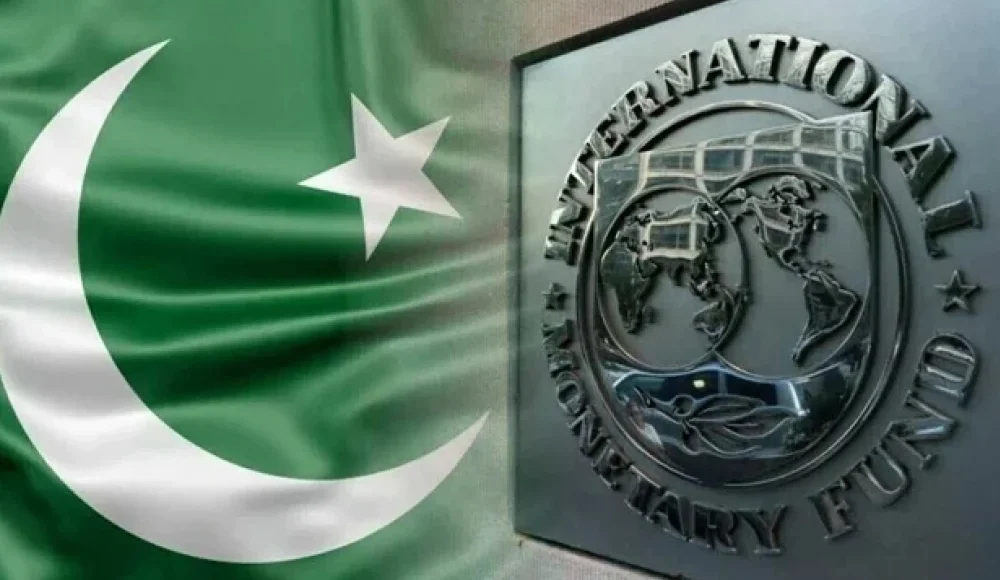IMF Forecast Signals Urgent Need for Economic Diversification in Pakistan Amid Global Trade Tensions
Islamabad: The International Monetary Fund’s (IMF) recent downgrade of Pakistan’s economic growth forecast to 2.6% for the current fiscal year has raised alarms not just for the present, but for the structural future of the country’s economy. While the immediate cause is cited as the sharp escalation in U.S. trade tariffs — including a 29% levy on Pakistani exports — economists and policymakers are increasingly pointing to a deeper issue: Pakistan’s overdependence on vulnerable export markets and lack of economic diversification.
The IMF had earlier revised the country’s growth projection in January from 3.2% to 3%, but the latest cut to 2.6% reflects growing concern over the knock-on effects of rising global trade tensions. The U.S. has imposed broad-based tariffs affecting almost all its trading partners, and Pakistan, with a narrow export base heavily reliant on textiles and low-value goods, finds itself particularly exposed.
More than just a dip in figures, experts view the downgrade as a wake-up call for Pakistan to urgently accelerate structural economic reforms. “This isn’t just about a tariff war — it’s about our outdated economic model,” said a senior economist at the Pakistan Institute of Development Economics (PIDE). “We are now paying the price for not investing in value-added industries, digital transformation, and diversified trade relationships.”
PIDE has warned that the new tariffs could cause widespread disruption in the export sector, potentially resulting in large-scale job losses, reduced foreign exchange reserves, and broader macroeconomic instability. With inflation already forecasted to rise from 5.1% this year to 7.7% in the next, the pressure on consumers and businesses alike is mounting.
The IMF’s chief economist, Pierre-Olivier Gourinchas, underscored that escalating trade disputes globally could trigger volatility in financial markets and create tighter financial conditions for emerging economies like Pakistan. In this environment, nations that rely heavily on limited export portfolios are likely to face greater economic strain.
Yet amid the uncertainty, analysts see an opportunity for strategic redirection. “Pakistan needs to pivot — and fast. This includes boosting local manufacturing, investing in technology-driven sectors, and exploring new markets in Central Asia, Africa, and Southeast Asia,” said a Karachi-based trade analyst.
The IMF’s latest report reinforces this outlook, stressing that long-term resilience for Pakistan hinges on deep structural reforms. These include regulatory modernization, energy sector reforms, labor market flexibility, and strengthening domestic capital markets. More importantly, experts say, Pakistan must move beyond short-term crisis management and adopt a long-term vision for inclusive and sustainable economic growth.
As the global economic order undergoes rapid transformation, Pakistan’s policymakers are faced with a crucial choice: either continue to absorb external shocks or reshape the economy into one that is future-proof, dynamic, and globally competitive.


